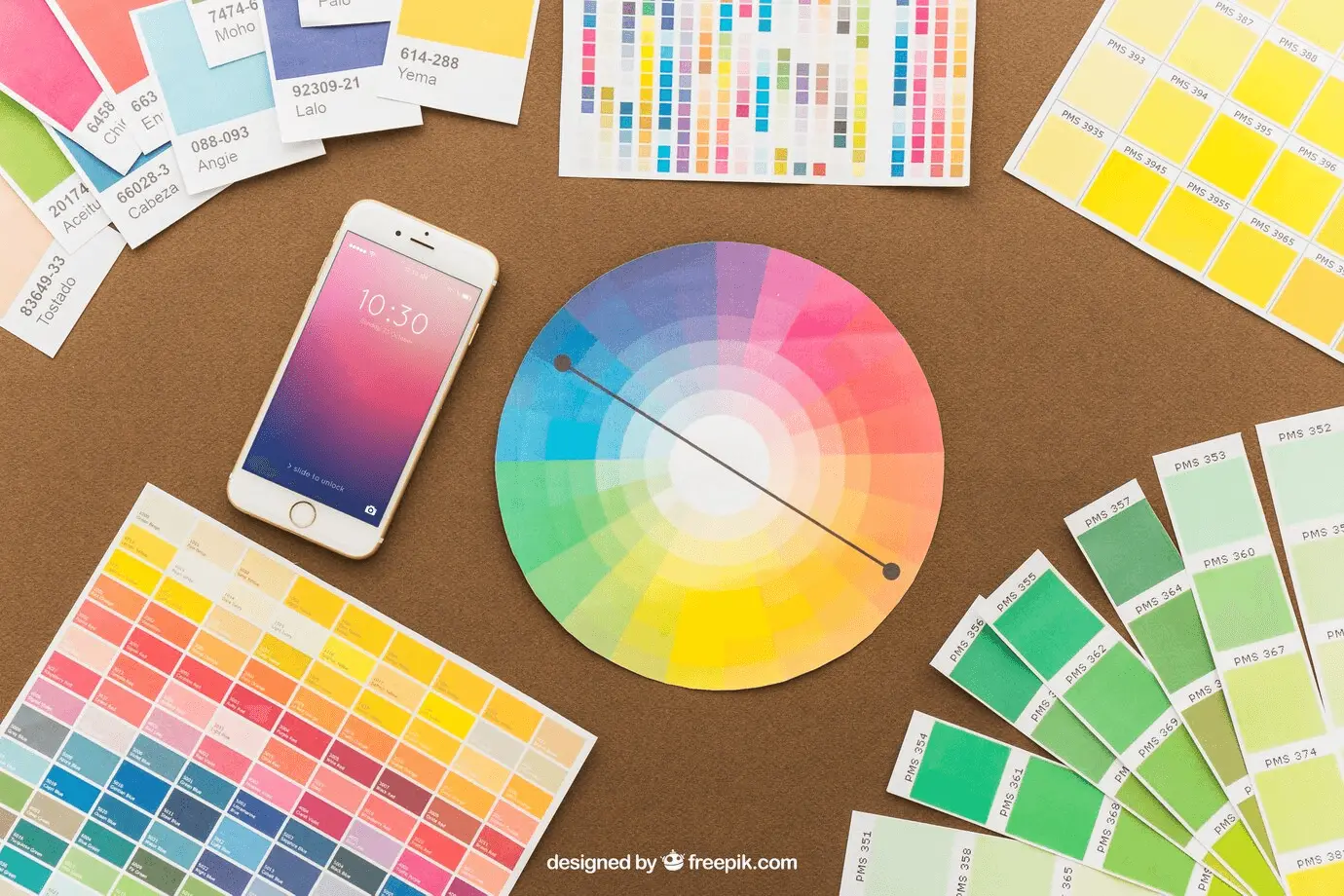Creating an account has many benefits:
Print-on-demand (POD) is a low-risk way to turn your creativity into custom products like t-shirts, posters, and books—without the hassle of inventory. It makes it easy to create and sell online at a fraction of the cost of traditional manufacturing.
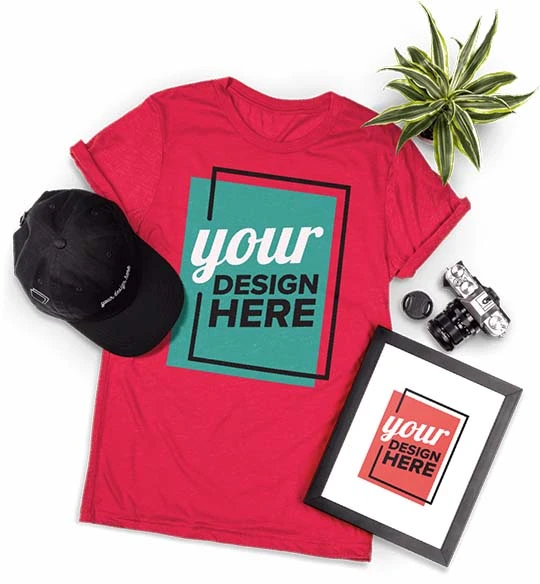

Start your own clothing brand with no inventory risk. Our high-quality print on demand service helps you create custom apparel with your unique designs.
Trusted by
100,000+ customers
Fast Production &
Shipping
Global Delivery
Network
Quality
Guaranteed
Create and sell custom products without the hassle of traditional manufacturing and inventory management.
Start with just one item. No need to order in bulk or worry about excess inventory.
Soft touch direct-to-garment and vibrant direct-to-film printing technology for vibrant, durable designs that last.
Connect with your online store platform for automatic order processing and fulfillment.
Reach customers within the US and Canada with our fast and affordable shipping services.
High-quality customizable products for your brand, all printed on demand
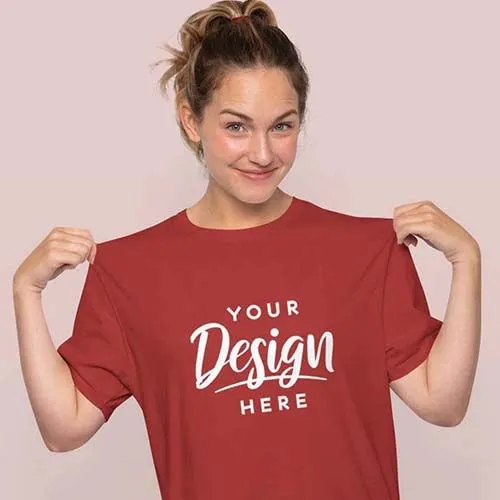

Tee's, Hoodies, Tanks, Sweatpants, Crewneck Sweaters – just a few items we regularly print for our customers. We cover all fabric types – 100% cotton, cotton/poly blends, tri-blends, lightweight and heavyweight.
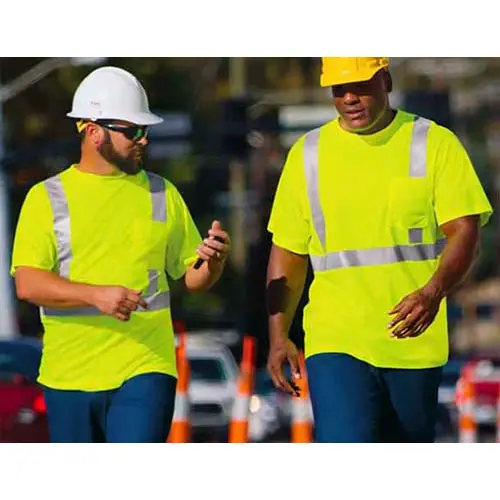

High-Vis clothing, coveralls, super heavyweight garments are just a few options. Durable, weather-resistant, and stylish.
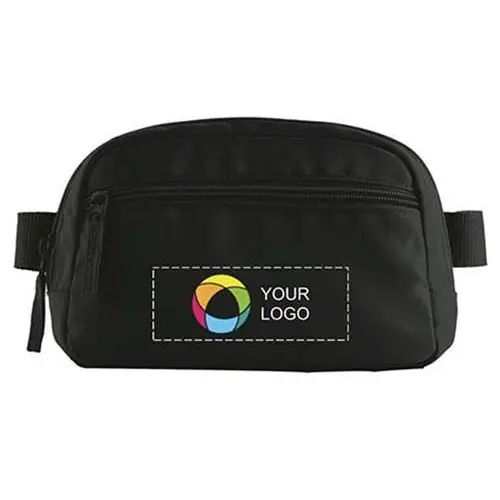

Backpacks, tote bags, nylon cordura, leather – we can print on almost any fabric. Contact us for more.
From design to delivery, we handle every step of the print on demand process for your brand.
